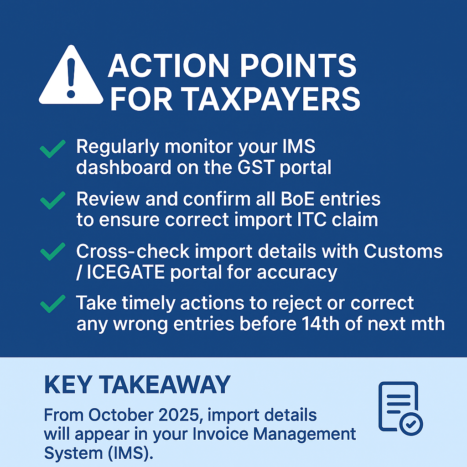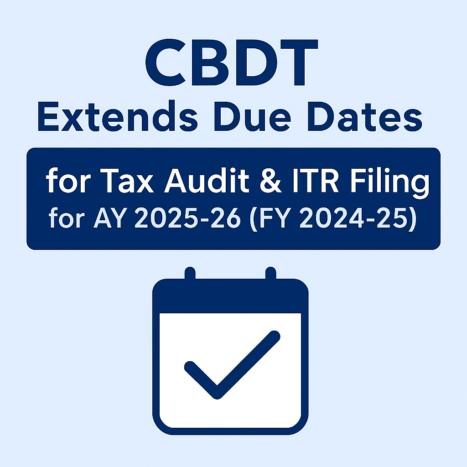Important EPF Changes Effective November 2025: What Employees Should Know
On October 15, 2025, the Ministry of Labour and Employment released an official statement via the Employees’ Provident Fund Organisation (EPFO), outlining the latest reforms to the Employees’ Provident Fund (EPF) and Employees’ Pension Scheme (EPS).
These updates, approved by the Central Board of Trustees (CBT), are designed to streamline withdrawal procedures, expand digital accessibility, and speed up claim processing, while continuing to protect employees’ retirement funds.
The announcement also aimed to clarify misconceptions spreading on social media and to inform both employers and employees about the real implications of these policy changes.
🔹 Major Highlights from the EPFO Press Release
a) Streamlined EPF Withdrawal System
Previously, EPF members had to follow separate rules for different partial withdrawal purposes such as marriage, medical needs, education, or home purchase.
The new unified withdrawal framework brings all these under one simplified set of rules. It now:
-
Permits withdrawals from both employee and employer contributions (including interest).
-
Reduces the minimum service period to just 12 months, compared to 5–7 years earlier.
-
Introduces uniform eligibility criteria across all withdrawal categories.
This integrated model eliminates the confusion caused by multiple provisions and makes the withdrawal process easier to understand and apply.
b) Access to Employer’s Contribution Made Easier
A major policy update now allows members to withdraw from the employer’s share as well, under certain approved conditions.
Eligible individuals can withdraw up to 75% of their total accumulated balance for needs such as housing, medical treatment, or during periods of unemployment.
This change provides greater financial flexibility for employees, especially in emergency situations, while still keeping a portion of funds reserved for post-retirement security.
c) Safeguards to Protect Retirement Corpus
Even with relaxed withdrawal norms, EPFO has introduced safeguards to preserve long-term savings.
Under the Employees’ Pension Scheme (EPS), the waiting period for final settlement has been increased from 2 months to 36 months after an employee leaves service.
This aims to discourage premature full withdrawals and promote a more sustainable retirement corpus.
d) Faster Claims & Digital-First Processing
EPFO’s new reforms also prioritize efficiency and technology adoption. Key enhancements include:
-
Increasing the auto-settlement limit for advance claims from ₹1 lakh to ₹5 lakh.
-
Streamlining claim verification with fewer documents.
-
Enabling UAN and Aadhaar-based digital processing for most claims and transfers.
-
Reducing reliance on employer verification, allowing direct claim handling via the EPFO portal.
Together, these initiatives aim to make EPF services faster, more transparent, and user-friendly.
e) Clarification on Social Media Rumors
The October 2025 EPFO press release also addressed misinformation circulating online about complete EPF withdrawals.
It clarified that:
-
There is no general permission for full withdrawal of EPF while still employed.
-
100% withdrawal is only allowed upon retirement or under specific eligible cases.
-
Members should only rely on official EPFO and Ministry notifications for authentic updates.
This clarification was issued to prevent confusion and ensure members understand the genuine scope of the new rules.
🔹 Practical Guidance & Implementation Checklist
For Employees / EPF Members
-
Ensure that you have completed a minimum of 12 months of continuous employment before submitting a withdrawal request.
-
Under the revised framework, both the employee and employer shares of the fund can be withdrawn, provided the conditions are met.
-
Retain a sufficient balance in your EPF account to continue earning interest and to strengthen your long-term savings.
-
Members covered under EPS-95 should note that final pension withdrawal can only be initiated after 36 months from the date of leaving service.
-
Use your UAN-linked Aadhaar credentials for faster and smoother online claim submission and tracking.
For Employers / Establishments
-
Make sure that ECR filings and monthly contributions are submitted promptly to avoid delays in employee claim processing.
-
Communicate with employees about the revised withdrawal norms and associated limitations.
-
Keep all employee details updated and verified on the EPFO portal, including KYC, Aadhaar, PAN, and bank information.
-
Since employer contributions are now partially withdrawable, reconcile monthly contributions carefully to ensure accuracy in employee balances.










